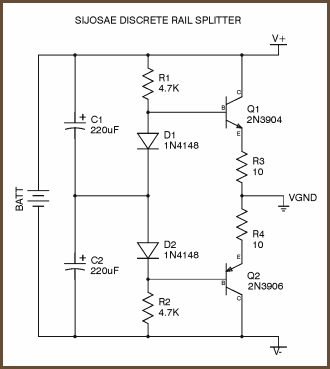nkko
New Head-Fier
- Joined
- Jul 23, 2008
- Posts
- 6
- Likes
- 0
Ciao fellow head-fi-ers!

For some time I was just a lurker here until I gathered some courage and build myself Apheared's 47...
Today I finished it and you can see pic's here:




I used Sijosae discrete rail splitter for supply and for the rest I guided myself with Ben Feist's instructions.
I tested few things mentioned in Tangent's guide and everything seams OK.
Current draw is ~50mA and both sides of sijosae splitter are equal.
But on output I have 0,7V (on both channels) if I'm reading it correctly on my el-cheapo analog multimeter?
Oh... I'm using TL072CP, and I have NE5532 which I didn't tryed jet (will it require some mods?)
It sounds bad, it's quite and noisy. Here you can find mp3 that I recorded with mic (I know, I know)... It sounds sustained, tunneled and filtered.... weird.
So... any tips and ideas will help!
Thanks in advance,
Nikola

For some time I was just a lurker here until I gathered some courage and build myself Apheared's 47...
Today I finished it and you can see pic's here:




I used Sijosae discrete rail splitter for supply and for the rest I guided myself with Ben Feist's instructions.
I tested few things mentioned in Tangent's guide and everything seams OK.
Current draw is ~50mA and both sides of sijosae splitter are equal.
But on output I have 0,7V (on both channels) if I'm reading it correctly on my el-cheapo analog multimeter?
Oh... I'm using TL072CP, and I have NE5532 which I didn't tryed jet (will it require some mods?)
It sounds bad, it's quite and noisy. Here you can find mp3 that I recorded with mic (I know, I know)... It sounds sustained, tunneled and filtered.... weird.
So... any tips and ideas will help!
Thanks in advance,
Nikola





